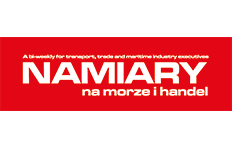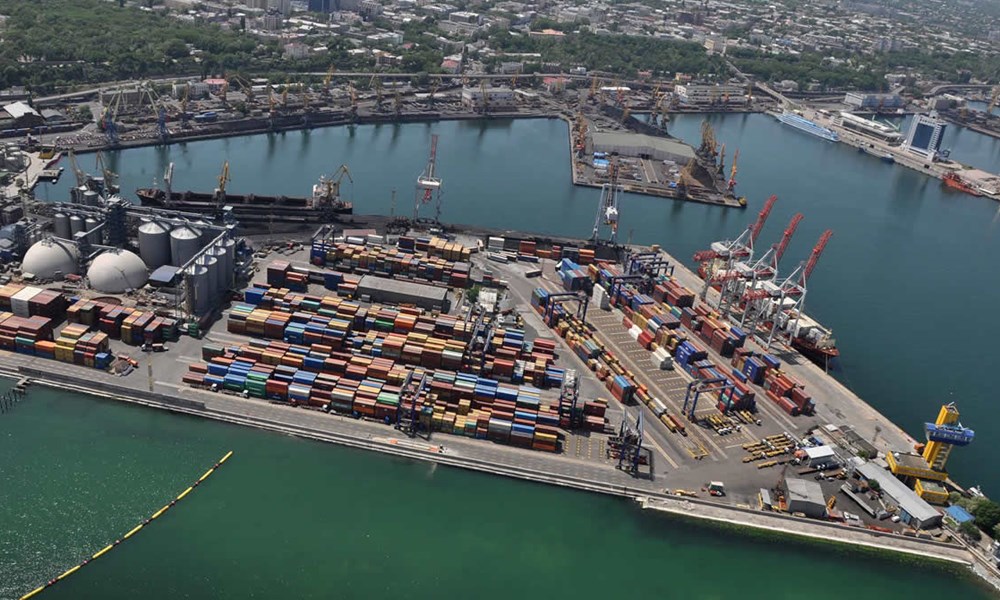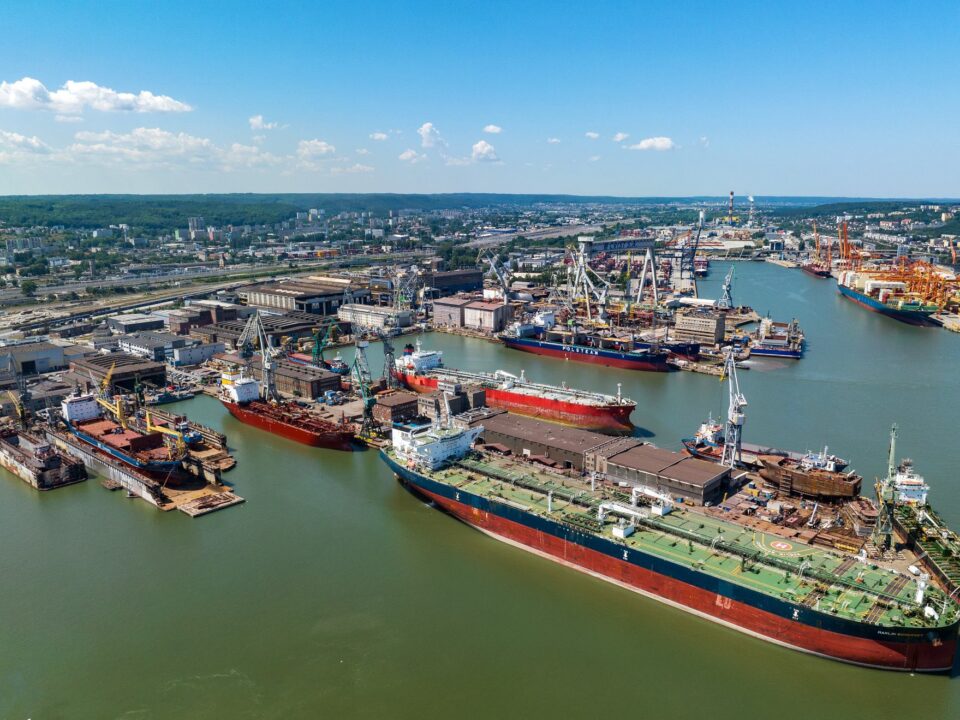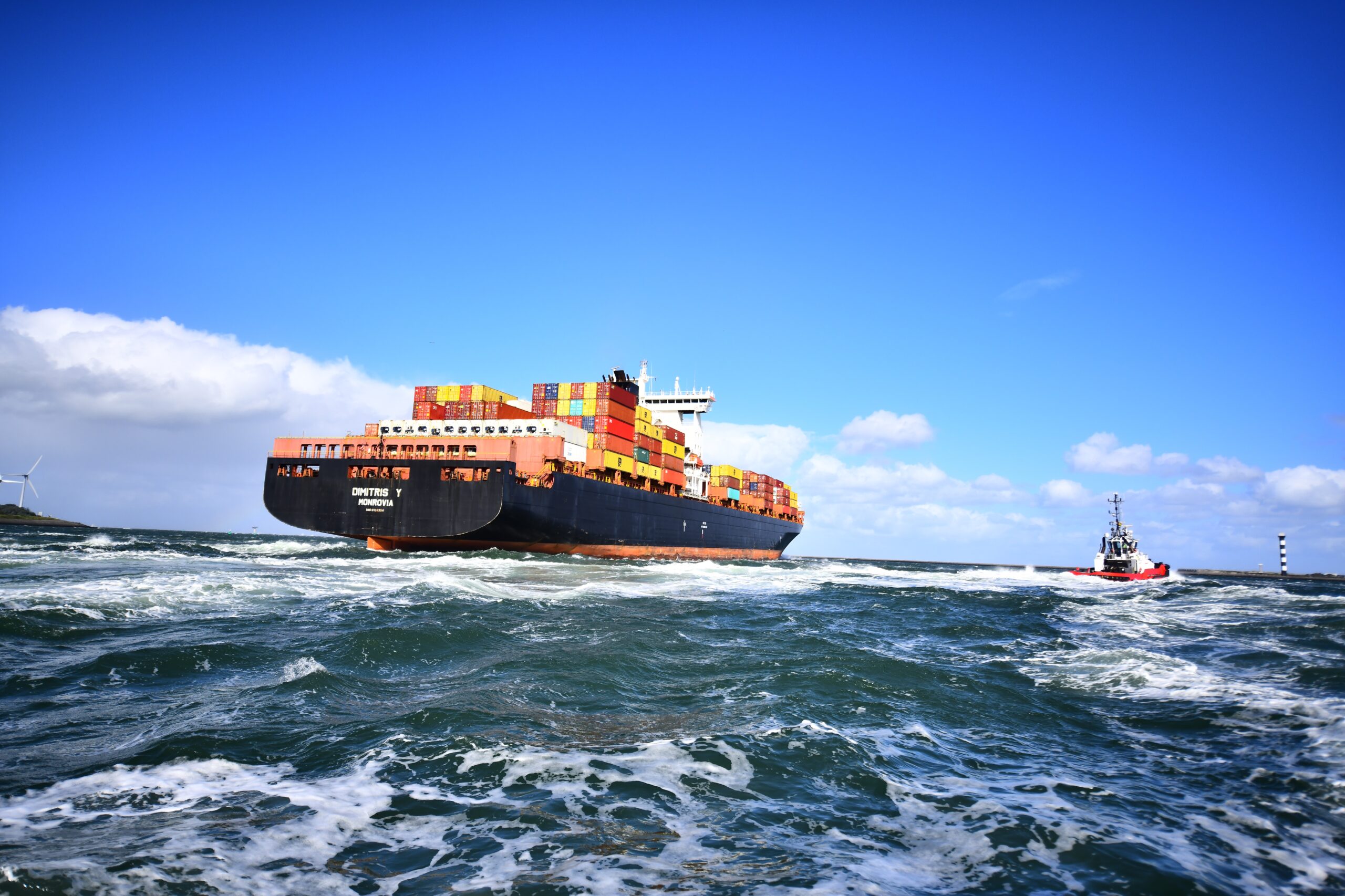
Twilight of universalism in the global economy
9 August 2023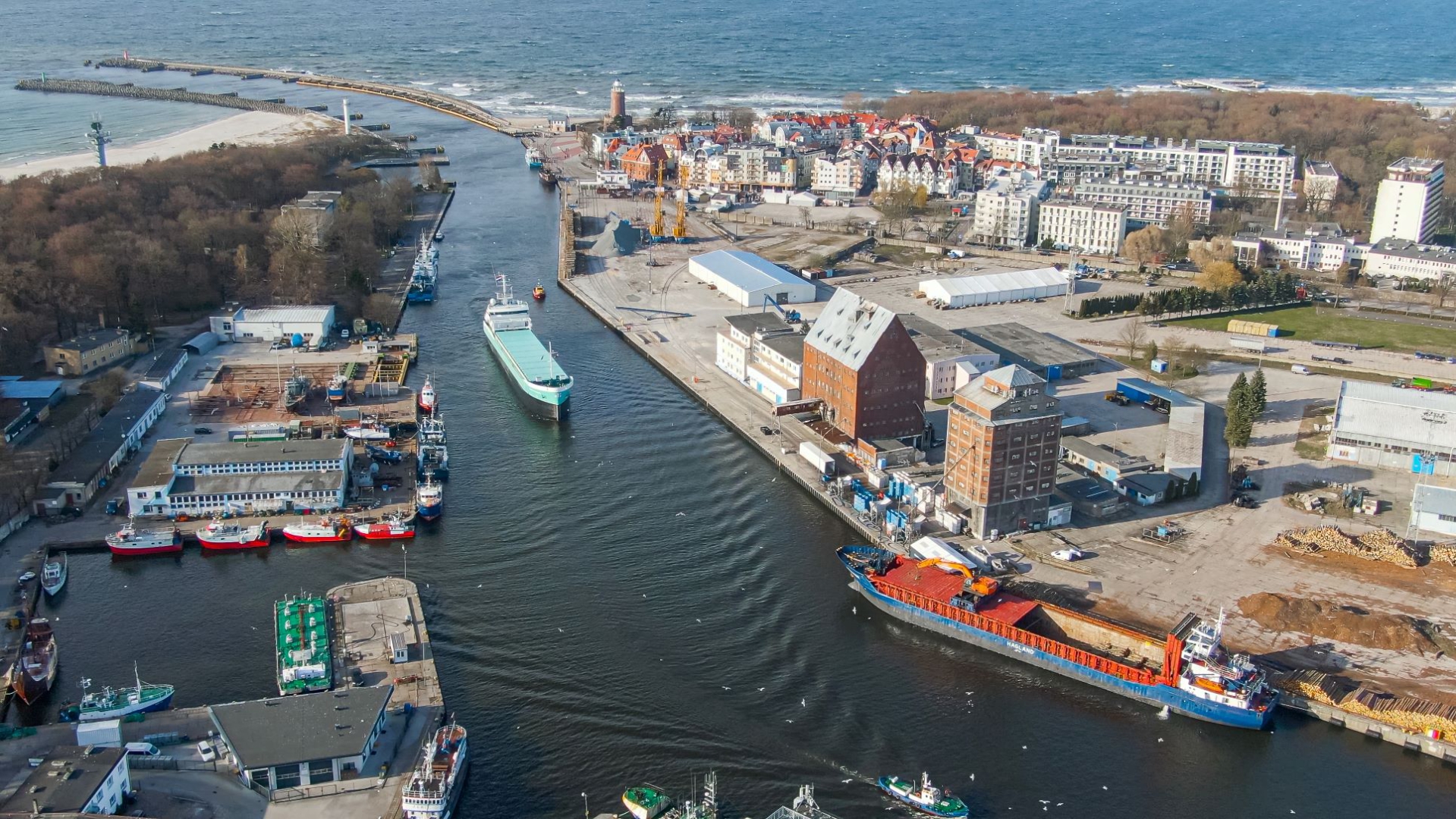
Supreme Audit Office on small ports
24 August 2023Up to $500 million may be received in compensation by shipowners of ships that were blocked in ports when war broke out in Ukraine. Across the Black Sea, war insurance rates have already risen significantly, and may continue even into next year.
When in late February 2022, Russia attacked Ukraine, 120 ships were docked at ports there, and another 60 vessels were waiting to enter. As a result of the invasion, the anchored ships were instructed to leave the high-risk area immediately and carried it out, but a large number of vessels in the ports were blocked for months. Some shipowners managed to evacuate sailors to their home countries and hire local manning on the spot; sometimes the crew completely abandoned the vessels, making further sailing impossible and leaving an empty ship in port.
After a year of conflict, in February 2023, some 300 sailors on 61 ships were still to be stranded in Ukrainian ports. It was in the context of these vessels that the total compensation to shipowners was estimated at $500,000.
Piotr Dudek, Branch and Maritime Insurance Director at Willis Towers Watson Polska (a maritime broker) explains that from the point of view of H&M and P&I policies, being the basic maritime insurance products, Black Sea shipping remains at an unchanged risk level.
– This is because basic ship insurance, namely Hull and Machinery (H&M) and Protection and Indemnity (P&I) insurance excludes any damage caused by war, strikes, terrorism or piracy – he explains.
As he points out, risks such as damage/destruction of a ship due to hostilities, use of weapons, explosion of naval mines or other abandoned ordnance, detention/confiscation of a ship due to hostilities, or naval blockades are instead covered under a war risks policy. Their provisions allow the cost of insurance to be tied to the shipping region.
– The policy covers the entire world with the exception of areas with elevated war risks. The list of excluded areas is verified depending on the development of threats by the London-based Joint War Committee. An additional insurance premium is charged for a call to an area on the list of excluded areas. Rates for calls to areas of hostilities may vary over the course of hours depending on the current intensity of the conflict in the area or port. It is an obvious situation that when the war broke out, the rates for calls to Ukrainian Black Sea and Azov Sea ports increased significantly – adds P. Dudek.
Before the outbreak of war, rates for calls at Ukrainian ports were zero. After the war began, they rose as high as 10%. Given that rates are calculated on the value of the ship, policy amounts have risen exceptionally quickly to downright astronomical values.
Marek Lewandowski, Director of the Underwriting and Management Office for Maritime, Aviation and Transport Insurance at Warta, points out that rates for calls into so-called excluded regions under war risk insurance have fallen slightly compared to the level recorded in H1 2022.
– On the other hand, we see that there are still many insurers denying coverage for shipping in the region of hostilities, and since January 2023, the vast majority of insurers and reinsurers have applied clauses that exclude liability for damage directly caused by Russia’s attack on Ukraine. Also, P&I Clubs have limited their liability limits for war risks when sailing in the region of hostilities and for calls in Russian waters – he stresses.
From the point of view of maritime insurers, the conflict in Ukraine is not just about Ukraine and Russia. Insurance rates have thus increased not only throughout the Black Sea, but also in the territorial waters of Turkey, Georgia, Moldova, Romania or Bulgaria. Insurers explain their decision by the fact that warfare can also penetrate neighboring countries. An example of this is sea mines, which sometimes drift and end up in areas theoretically unaffected by war.
Another threat faced by war risk insurers are potential claims by shipowners of vessels blocked in Ukrainian ports since the start of the war. The terms and conditions of war risks insurance provide for the possibility of filing a claim for payment of constructive total loss when the shipowner is prevented from using the vessel for a period of time specified in the policy. The most common period is 12 months, which means that most owners of blocked vessels have already acquired such a right. Shipowners whose vessels have failed to get out of Ukrainian ports are mainly talked about in terms of the astronomical insurance they may receive. In practical terms, however, it turns out that in such a situation there is also a need to extend insurance.
– It should be remembered that while a vessel is forcibly in port in an area of hostilities, it is still exposed to a significant risk of damage, hence the need to extend insurance for staying in the exclusion area, P. Dudek stresses. – Such insurance is customarily extended for 7 days. Thus, the total cost of additional insurance during an annual shutdown in an excluded area can significantly reduce the constructive total loss payout.
Some specialists in maritime insurance, as well as in war insurance, suggest that the extreme situation related to the war in Ukraine could turn the maritime insurance market upside down. Predictions that high insurance rates will still be in effect despite the end of the war are thus accompanied by declarations that, overall, the effect, too, may be a decidedly narrower scope of insurers’ liability.
P. Dudek, on the other hand, explains that mechanisms for paying compensation for blocking a vessel due to warfare are not new to the maritime insurance market. Such situations occurred during the 1967 Israeli-Arab war where ships (including Polish ships) were stranded in the Suez Canal for up to 8 years.
Article developed with Namiary na Morze i Handel magazine
phot. Namiary na Morze i Handel magazine
